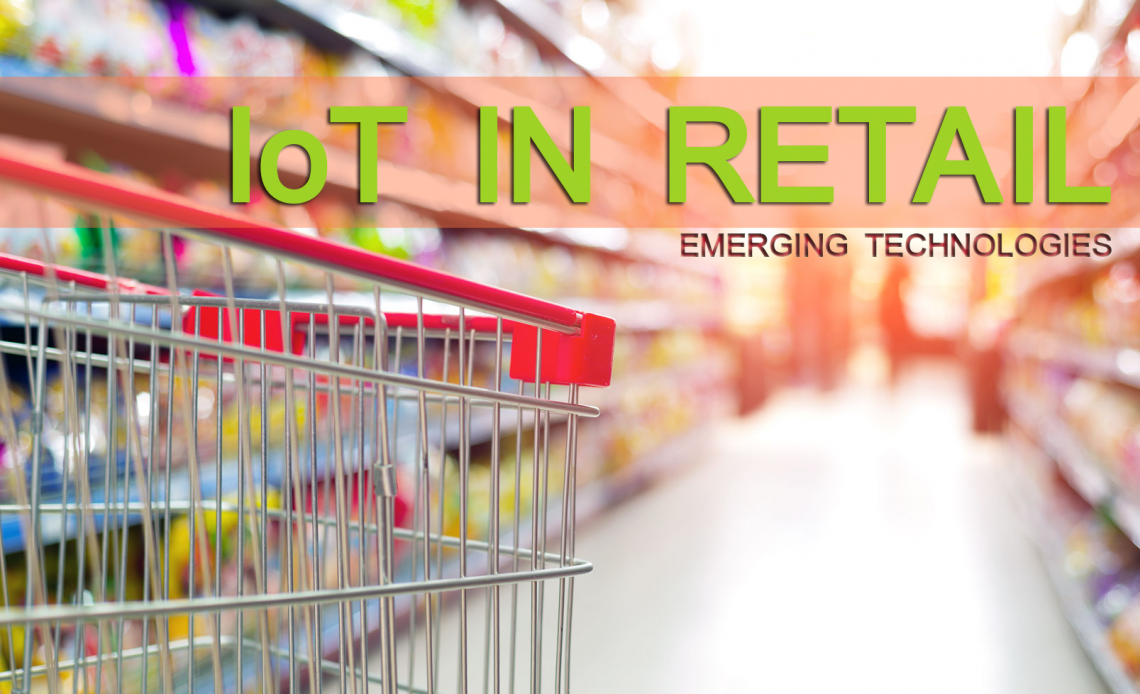
The global retail sector is estimated to achieve revenues of more than US$ 28 trillion by 2019, with average annual growth rate of 3.8% since 2008. The sector represents 31% of the world’s GDP and employs billions of people throughout the globe. Hyper and supermarket, e-commerce and local kirana stores connect the various dots of the retail industry. The industry also faces pressing challenges in inventory management, logistics, consumer retention, warehouse problems and many others that need more innovative smart solutions. It’s were IoT opens up new solutions to micromanage and offer effective insights and scope not just to increase the profitability of the business but also offer better consumer experience, after all customer is still the king when it comes to the retail Industry. When looked from far, the Internet of Things is a network of connected physical objects embedded with sensors. IoT allows these devices to communicate, analyze and share data about the physical world around us via networks and cloud-based software platforms. Retail has more aces up its sleeves to harness more data and that includes RFID inventory tracking chips, traditional in-store infrared implants to monitor data like foot-falls, cellular and wi-fi tracking systems, digital signage, in-store beacons and many more. With data from all these, it opens up an exciting world of opportunities for IoT developers. Take a simple case of soda bottle crates. We have seen them stacked up in most of local stores and bakeries, and marketing vans doing rounds in the neighborhood to take stock of the crates to be replenished. What if each crate could be attached with a chip that automatically triggers alert to the marketing guy whenever the total crate volume goes below a specified quantity, he does not have to physically do rounds and take audit and smartly prioritize his schedules based on the inputs. It would save time, fuel costs and man power. So let’s see how IoT in retail looks like.

